If there is a more international, more fascinating, more illuminating, more must-not-be-missed beer celebration on the planet right now than Carnivale Brettanomyces in Amsterdam, let me know immediately, because it must be marvellous.
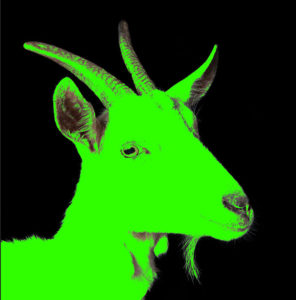
Carnivale Brettanomyces, now on its sixth year, calls itself a beer festival, but it’s more a three-day massively parallel series of dozens of different events – lectures, tastings, panels, tap takeovers and food-and-beer matching – across eight different venues around Amsterdam, involving, for 2017, almost 60 breweries from not quite a dozen different countries, and several hundred visitors from at least 17 , from Canada to India.
What is particularly thrilling, besides the skin-tingling geekery of hearing people discuss, and discussing, deeply obscure aspects of beer making, is tasting deeply rare beers: Norwegian farmhouse ales, saisons from tiny Belgian 10th-generation family breweries, pale ales you would otherwise have to take a trip to far-off rural Vermont and queue for three hours in the cold to get hold of.
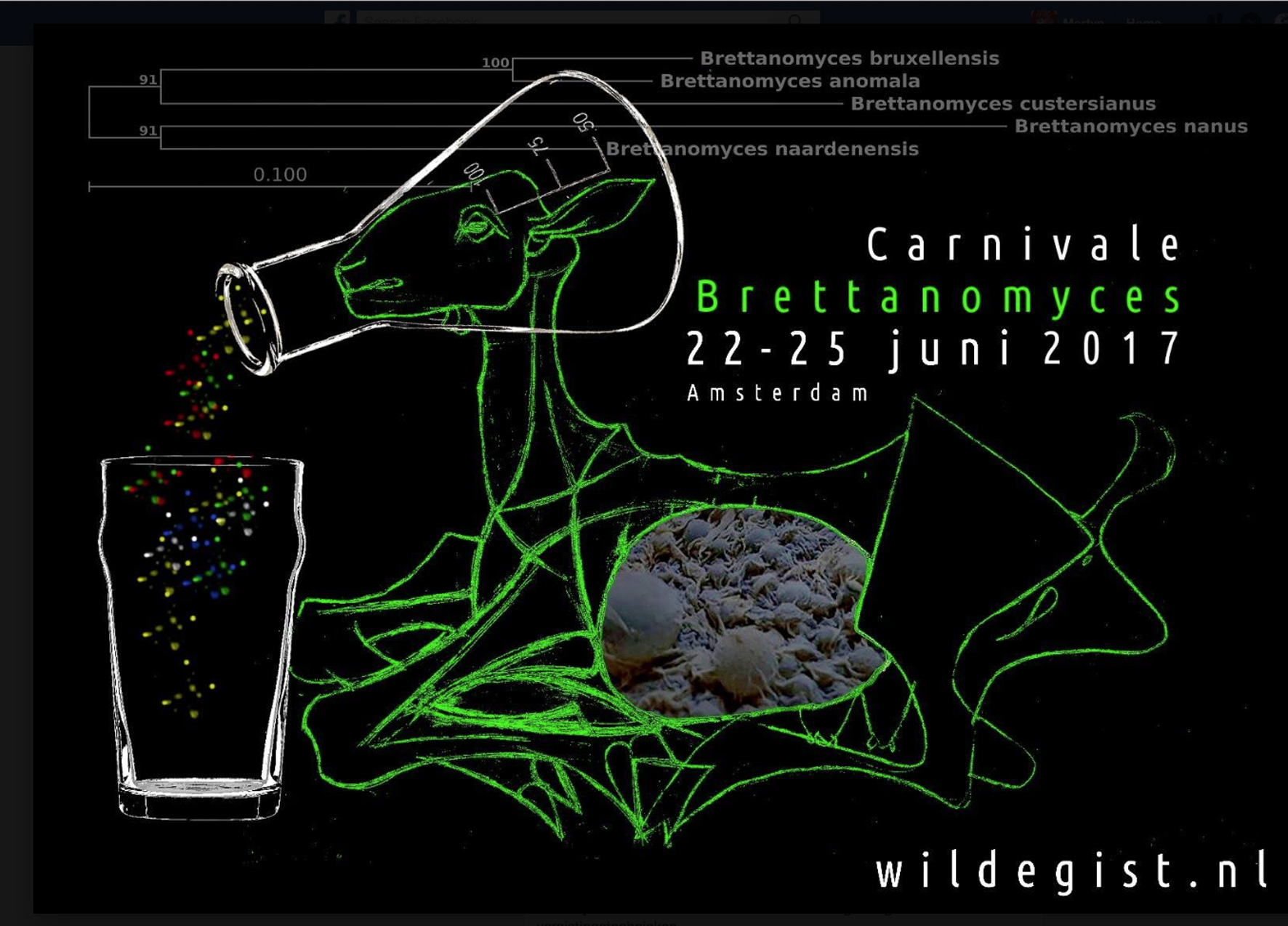 As the name implies, the purpose of the festival is to celebrate Brettanomyces, the funky (literally) cousin to standard brewer’s yeast, Saccharomyces cerevisiae. Most mainstream brewers, and all winemakers, shun Brett the way vampires flee from crosses, believing the aromas it brings to fermentations – sweaty socks, farmyards, damp leather – are definitely not those they wish to put in front of their drinkers. But Belgian brewers have been creatively using strains of Brett in everything from Lambics to pale ales (Orval, famously, has a touch of Brettanomyces) for centuries, and the yeast was actually first isolated from samples of English stock ales, and named, by the Danish brewing chemist Niels Hjelte Claussen, at Carlsberg in Copenhagen, in or shortly before 1903.
As the name implies, the purpose of the festival is to celebrate Brettanomyces, the funky (literally) cousin to standard brewer’s yeast, Saccharomyces cerevisiae. Most mainstream brewers, and all winemakers, shun Brett the way vampires flee from crosses, believing the aromas it brings to fermentations – sweaty socks, farmyards, damp leather – are definitely not those they wish to put in front of their drinkers. But Belgian brewers have been creatively using strains of Brett in everything from Lambics to pale ales (Orval, famously, has a touch of Brettanomyces) for centuries, and the yeast was actually first isolated from samples of English stock ales, and named, by the Danish brewing chemist Niels Hjelte Claussen, at Carlsberg in Copenhagen, in or shortly before 1903.
British brewers largely eliminated Brett from their beers before the First World War (though Guinness continued cultivating the yeast in its strong Foreign Extra Stout) and American brewers, if they had ever much used it, certainly forgot how to over the lost years of Prohibition, But in the past decade, inspired by a lust for Belgian-style beers, craft brewers in the US have been getting back into Brett, and the fashion has now been picked up in Britain.
Carnivale Brettanomyces was founded by Elaine Olsthoorn of the Amsterdam craft beer bar In de Wildeman and Jan “Beekaa” Lemmens of de Bierkoning, the Amsterdam craft beer shop in 2011. The pair were picking up on a growing interest in wild yeasts and sour beers, and by 2015 their event was attracting brewers from half a dozen countries outside the Netherlands, including five from the UK. This year the countries with breweries represented included the Netherlands, Canada, Germany, Russia, the Czech Republic, the UK, the United States, Ireland, Norway, Sweden and Belgium, and the other visitors came from all those places and another six, at least, countries as well (Denmark, France, Norway, India, Iceland and Italy).
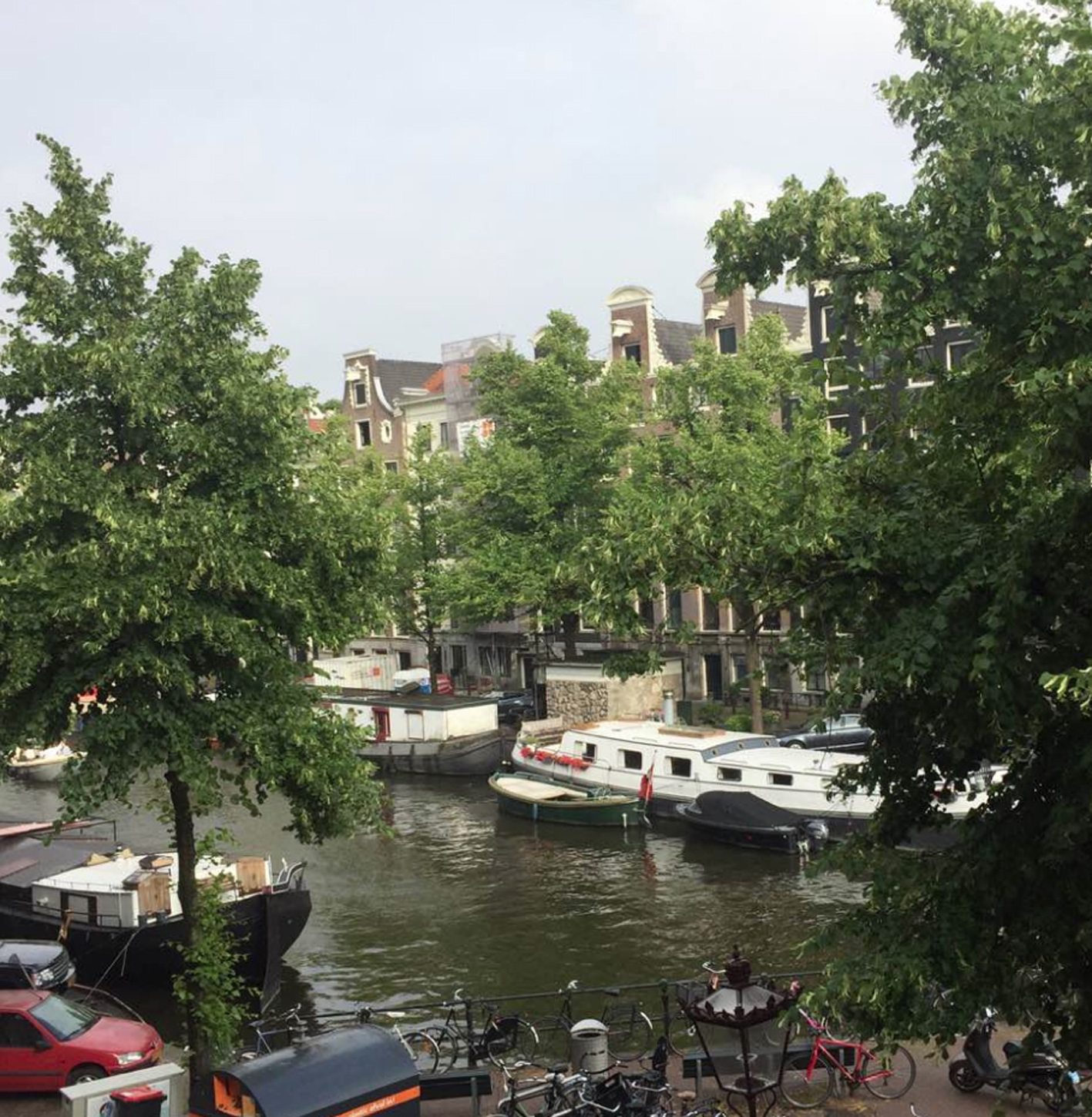
The speakers at the different events were, too, a varied crew: a swath of American craft brewers, including David Logsdon of Logsdon Farmhouse Ales in Oregon, Shaun Hill, brewer at Hill Farmstead in Vermont, RateBeer’s “best brewery in the world” for 2012, 2014 and 2015, and Jeffrey Stuffings of the Jester King brewery in Texas; several experts on yeast, including Troels Prahl, head of research and development at Whitelabs Copenhagen and Richard Preiss, founder of Escarpment Laboratories in Ontario, Canada; local brewers including Steven Vandenber, brewmaster at the Gulpener Brouwerij in Limberg, Chris Vandewalle of Seizoensbrouwerij Vandewalle in Lo-Reninge, West Flanders, reckoned to be the smallest brewery in Belgium, and Pierre Alex Carlier, brewer at Brasserie de Blaugies in the far west of Hainaut, Belgium; and three English beer writers – Ron Pattinson, who was lecturing on Scottish beers, Pete Brown, who was speaking about his new book, Miracle Brew, and, er me, delivering a talk for the second year running in Amsterdam, this time on “The Seven Ages of Porter”, with the intention of trying to cover as much of the little that is known about the role of Brett in porter as I could.
The two problems with Carnivale Brettanomyces are that with almost 70 scheduled events over three days, it means three, four or even five things you want to go to might be taking place at the same time, which inevitably, absent a handy space/time wormhole, results in having to miss some exciting happenings; and the events themselves cost upwards of €11 each to get into, with the three beer-and-food dinners €60 a plate. That quickly makes a probably already expensive trip to Hamster Jam even more wallet-bending. But hey, you’re getting to try beers that will sometimes be once-in-a-lifetime experiences, and you’re hearing from one of the best line-ups of brewing expertise ever gathered in one place.
Certainly, for me, the punch in the overdraft was utterly worth it: I’ve not enjoyed a beery gathering so much for a long time, lots of great conversations with eager, enthusiastic, experienced, knowledgeable, people, like Tom Norton of the Little Earth Project brewery in Edwardstone, near Sudbury, Suffolk. Tom has promised to send me some of his farmhouse sour beers, and since Jeff “Stonch” Bell described the brewery’s Brett Organic Stock Ale earlier this year as ” definitely the best sour beer I’ve had from the UK”, I’m keen to see them.
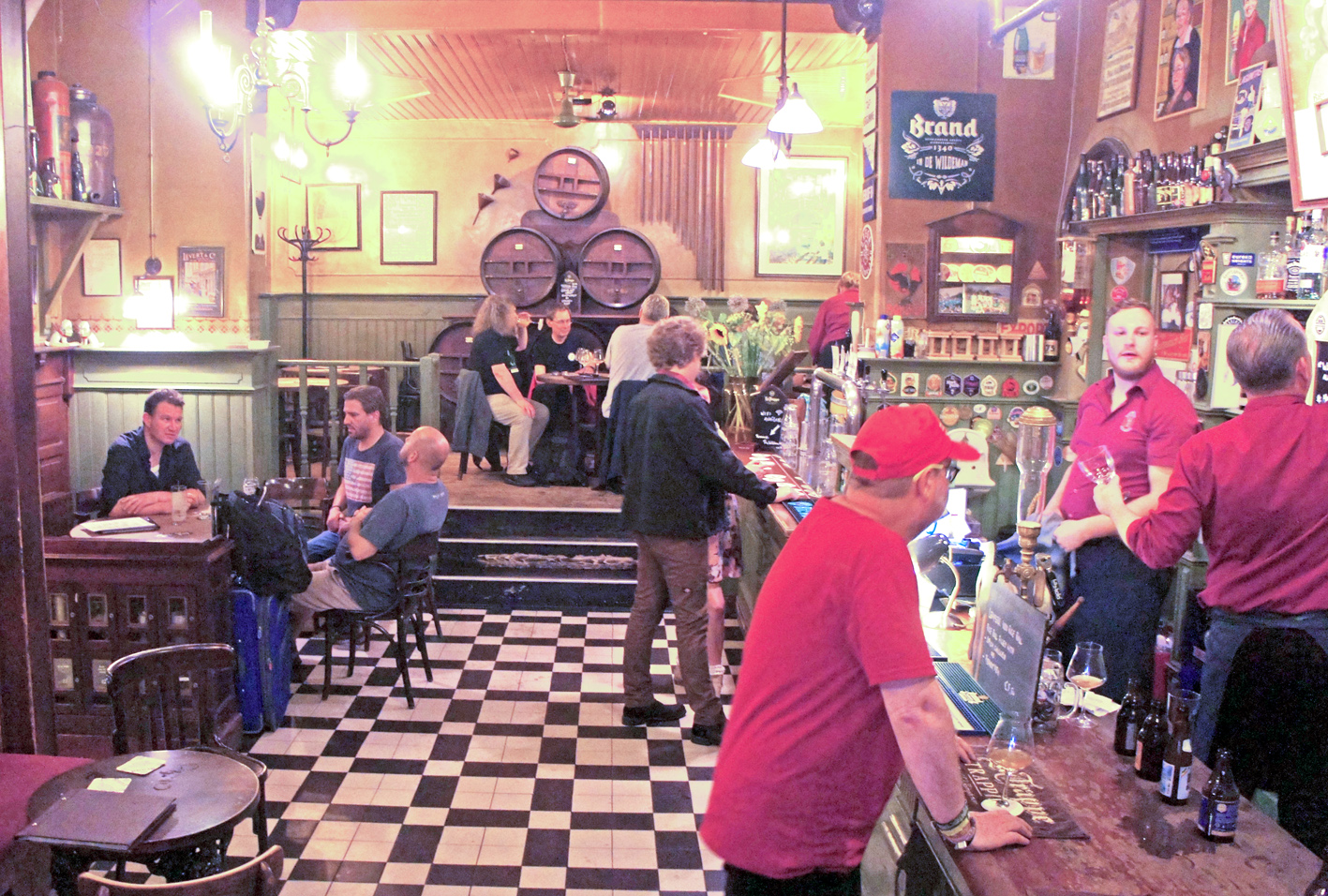
I arrived in Amsterdam last week late (thanks, easyJet) and in a thunderstorm (thanks, dodgy Dutch weather), but I had been wise enough to book into a hotel in the Canal Belt near where the Keizersgracht (“emperor’s canal”) meets the Amstel, within non-arduous walking distance of Centraal station, which also meant within non-arduous walking distance of In de Wildeman, one of the bars serving as a main centre for the festival. I never got to In de Wildeman the last time I was in the city, and if my legs were bendy enough I’d be kicking myself, because it’s a tremendous little two-room dark wood bar with an excellently chosen range of draught and bottled beers and highly knowledgeable staff. (In how many other bars anywhere, if you asked the barman had he tried Stinking Bishop cheese, would he reply: “No, but it’s on my wish list!” and add that he wanted to try the same cheesemaker’s Hereford Hop cheese as well.)
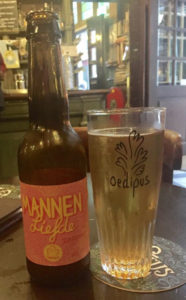
Ironically, because the bar was stocked up for the Brett fest, more than half the draught beers at In de Wildeman were from British breweries: Buxton, Chorlton, Burning Sky, Thornbridge, Cloudwater, Siren, Hawkshead. That’s a fair line-up for any bar anywhere, though, and after a nod to Amsterdam with a bottle of a saison called Mannenliefde (Dutch for “men’s love”, if Google Translate can be trusted) from the local Oedipus brewery, I moved on to an evening of sour ales from Blighty. All were very good, and the Generation V Brett DIPA from Buxton was outstanding: the first time I had an all-Brett IPA, from Evil Twin, I compared it to a “how hot can you stand” over-curried vindaloo, and said it was a style that wouldn’t catch on. I was wrong. This was a perfectly balanced brew, the all-Brett beer to give your mate who has never had one and is nervous as a bride.
That was I think, my first ever all-sour-ales evening: to be truthful I wouldn’t rush to stay off the non-sour ales all night again, but there’s a deservedly growing market for the category, and unlike mango juice IPAs it’s not a momentary fad. (“Category”, not style: discuss.)
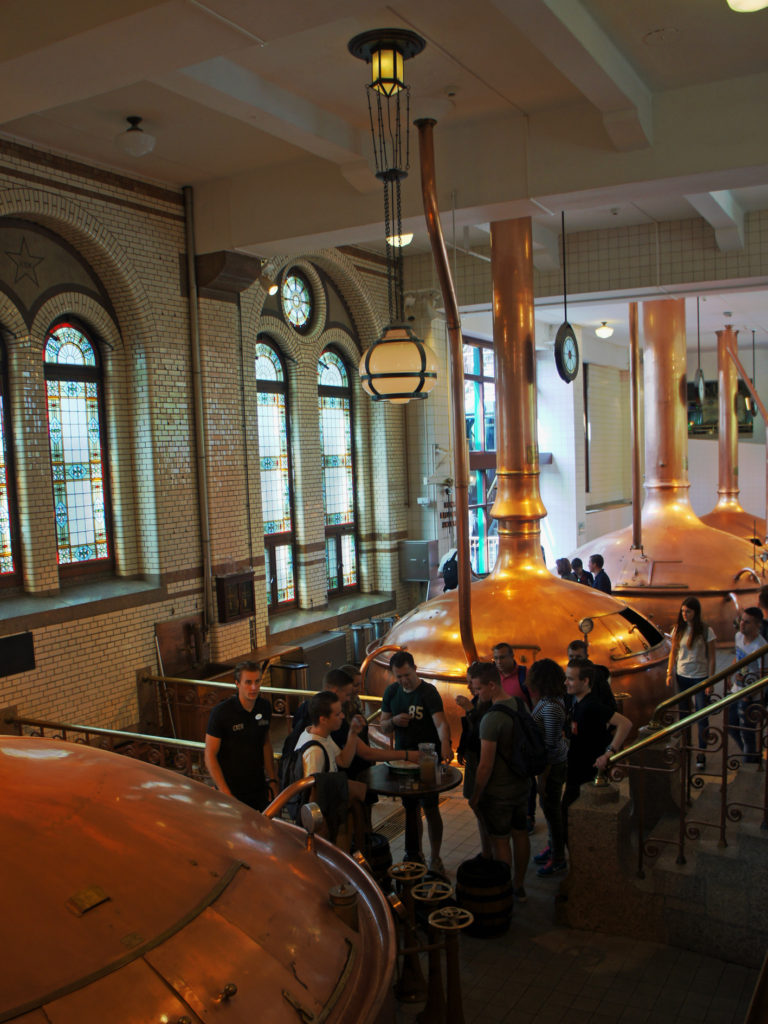
The next day, as I had time before my talk, I walked down to the former Heineken brewery for the “Heineken Experience”. It’s a slick multi-media production, the huge real-copper coppers, mash tuns and lauter tuns are still there, and I spotted only one substantive error in all the information on the walls – no, Heineken, you were not the first brewery to employ a chemist. It would have been good to have seen more about Amsterdam’s other breweries, and its pre-Heineken brewing traditions. Enjoyed my pint of H41, made with weird South American yeast, though.
My hour burbling about porter at the Waalse Kerk seemed to satisfy the audience, and post-talk I walked out to the De Prael bar to catch Chris Vandewalle of Seizoensbrouwerij Vandewalle. His talk on Saison brewing meant sampling some of his brewery’s beers, which include a strong 7 per cent blonde ale, a red cherry beer and an “Oud Bruin” brown beer. No messing about: just good, honest beer. Then it was a dash back to the Waalse Kerk to catch Derek Dellinger, “The Fermented Man“, talking about a year spent consuming only fermented foods, from yogurt to rotten shark buried in the ground in Iceland.
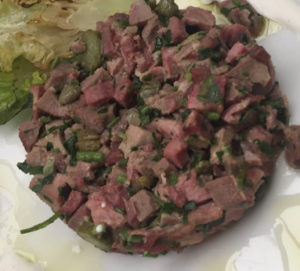
Alas, the timetable meant I had to dash away to be at a goat dinner featuring beers from Jester King in a restaurant over the other side of the IJ, so I missed the end of the talk. Multiple parts of goat were then consumed: tongue, liver, shoulder. Let’s be fair and say I now understand why goat is not regularly on menus. The beers were fine, though: all in attractive 75cl bottles, mostly if not totally Belgian-influenced, and including a bière de miel made with Texan wild flower honey; Figlet, a 6.6 per cent farmhouse ale fermented with smoked Texas figs; Simple Means, a “farmhouse Altbier” with smoked malt; and Sing-Along Death Match, a collaboration with the German brewery Freigeist Bierkultur that included Texan honey again, this time cold-smoked with rosemary sprigs at a local barbecue before the beer was refermented on wild Mexican plums, Didn’t notice the plums myself, but I appreciated the effort …
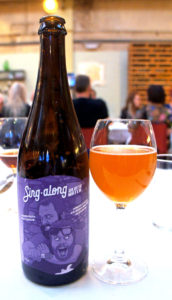
The next day I was back down the Waalse Kerk at 10am to catch Shaun Hill, Pierre-Alex Carlier, Phil Markowski, author of the now rather dated Farmhouse Ales: Culture and Craftsmanship in the European Tradition (its datedness a sign of how far we have come in the sour beer sector since the book was published in 2004) and brewer at Two Roads Brewing Company in Connecticut, and Chad Yakobson, author of The Brettanomyces Project and brewer at Crooked Stave Artisan Ales in Denver, talk about Saisons. Hurrah for Google Maps. Load up the app, tell it your destination, plug your earphones in and it takes you by the hand and leads you through the streets of a strange city like a native Amsterdammer. Its pronunciation of Dutch streetnames is that of a native of New York, unfortunately, but that’s amusing rather than a serious flaw. On my way, having not had breakfast, I went into a cafe to try to get some essential caffeine and carbohydrates, ordered a coffee to take away, looked at the menu and only then realised what sort of “coffee shop” I was in. Me: “Er – do you have any normal muffins, or only wacky ones?” Woman with partly shaved head and nose-ring behind counter: “Only wacky ones!”
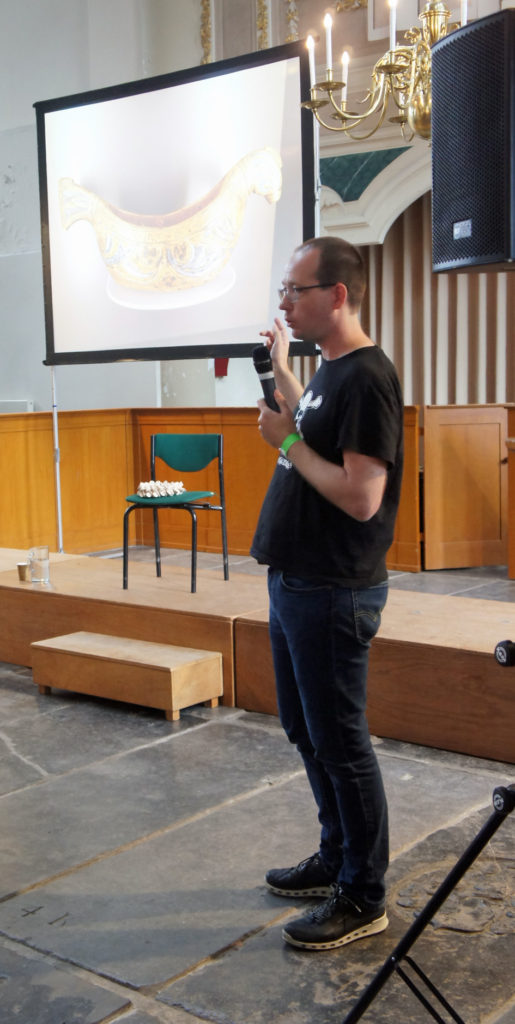
The last talk I was able to hear before I had to fly back was Norway’s very own Lars Marius Garsjol, talking about northern European farmhouse ales and kveik, that latter being Norwegian farmhouse yeast. I knew it was going to be fascinating – and it was. Even better, Lars had brought with him four examples of farm-made Norwegian ales for us to try, a unique and thrilling experience. His research is some of the most important currently taking place in the beeryverse, exploring a tradition of farm brewing in countries including Norway, Sweden, Denmark, Latvia, Lithuania, Estonia, Finland and Russia that is centuries old and literally dying out, as its practitioners, who have inherited the farmhouse brewing tradition from their ancestors, all gradually pass away with nobody, today, willing to pick up the baton (or mash fork) and carry on. Among the many amazing practices Lars has uncovered is “raw ale”, brewing without boiling the wort, which was almost certainly the norm in pre-hop times (when there was no need to boil the wort) but which disappeared from mainstream brewing four centuries ago.
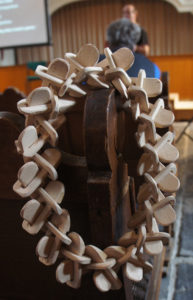
The practices of these inheritors of an ancient methodology are based, again, on centuries of tradition, and while often the brewers have no idea why they are doing what they do – “My grandfather always did it that way,” they tell Lars – it generally turns out that what they are doing is just what they should be doing to get the result they want, best practice probably worked out six or seven or more generations ago and continued in the family since. Lars described watching one Norwegian farm brewer measure the grain and heat the water for mashing, before mixing the two in the mashtun, all without weighing, or judging the heat of the water except by how much steam was coming off. When Lars measured the temperature of the mash: 74ºC. Six months later Lars returned, when the weather was now icy, and watched the same man measure the grain and heat the water for mashing under winter conditions. Lars took the mash temperature again: 73.8ºC. It was an excellent example of how the “pre-industrial” brewer was able, through skill and above all experience, to equal the industrial brewer in hitting the correct targets during the process of brewing. The greatest benefit thermometers and the rest brought industrial brewers at the end of the 18th century was that it enabled the unskilled to match the skilled. If you’re not already a regular reader of Lars’s blog, sign up, you’ll learn an enormous amount. Oh, and those farmhouse beers were tremendous, each one very different, from colour to flavour, but very drinkable.
That, then, was my Carnivale Brettanomyces 2017: everybody else’s would have been different, because nobody would have gone to the same set of events. If you’re a fan of sour, aged beers, it’s one of the best experiences on the planet, and Elaine, Jan (who invited me over to speak) and their colleagues must be thanked profusely for their efforts.

Oh, wow. Thank you very much for the kind words. It was great to have a chat after the talk, even if it wound up being much too short.
The pleasure was mine, Lars. And thanks for the beers!
Great article which sums up the event very well (and also manages to capture me drinking in In De Wildeman). We’ve been coming to Amsterdam for years and it is so much more fun with this event. You can dip in and out of events and tastings at your own pace – we hang around for a few days afterwards as there is still plenty of sourness to mop up.
Enjoyed your talk – I’m often asked by friends what makes a porter a porter and could never answer confidently, I now have some history to impart.
Thank you for the kind words! Your talk was really fascinating and it was great to meet you. Think you’ll enjoy the beers (in the post Monday) Cheers, Tom @LEP
great article with the best events 🙂 You can dip in and out of events and tastings at your own pace – we hang around for a few days afterwards as there is still plenty of sourness to mop up.
Sounds like a fantastic festival that handles the tradition of the beer with appropriate respect and fandom! Your discussion of farmhouse brewing opens up a new meaning of craft that would be exciting to try.